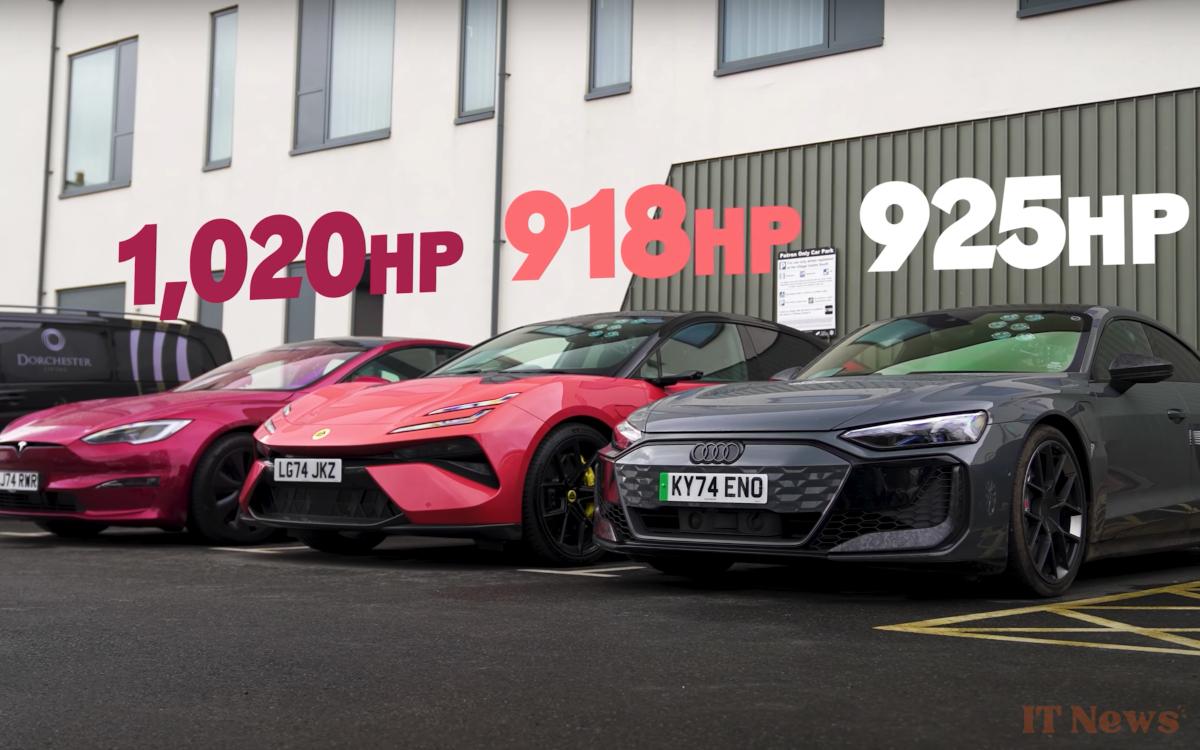Sports electric cars promise great performance... but what about their actual range? Three of the most powerful models on the market were pushed to the limit, with their batteries at zero. The result is astonishing.
High-end electric vehicles are no longer just quiet and eco-friendly. Some now rival the best thermal sports cars, boasting power outputs exceeding 900 horsepower and blazing acceleration. But this extreme performance comes at a cost: it directly impacts range. To better understand what these models are really worth on the road, Carwow conducted a simple and radical test: driving until they run out of battery. Three cars were selected for the experiment: the Tesla Model S Plaid, the Audi RS E-Tron GT Performance, and the Lotus Emeya R. All were charged to 100% and then driven on the motorway in real-life UK conditions, with an ambient temperature of 10°C. The vehicles were driven exclusively in Sport mode, which puts more strain on the battery. None of them reached the figures announced by the EPA or WLTP certification cycles.
None of the three cars lasted the distance promised by the manufacturers
The first to stop was the Lotus Emeya R, which covered 311 kilometers, well below its WLTP estimate of 484 km. Its energy efficiency was limited to 3.6 km per kWh. The Audi lasted a little longer with 415 kilometers and an average of 4.18 km/kWh. The best performance went to the Tesla Model S Plaid, which reached 475 kilometers before stopping, with an efficiency of 5.8 km/kWh. This is remarkable, especially for the oldest and least expensive model of the three.
The test reminds us that using Sport mode is not without consequences. Energy consumption increases sharply, as with a combustion engine car used for sporty driving. These results therefore do not reflect maximum autonomy, but rather a realistic situation for drivers who want to exploit the capabilities of their vehicle. However, it remains interesting to see that the gap between official figures and real-life performance can be significant, even on premium models.




0 Comments